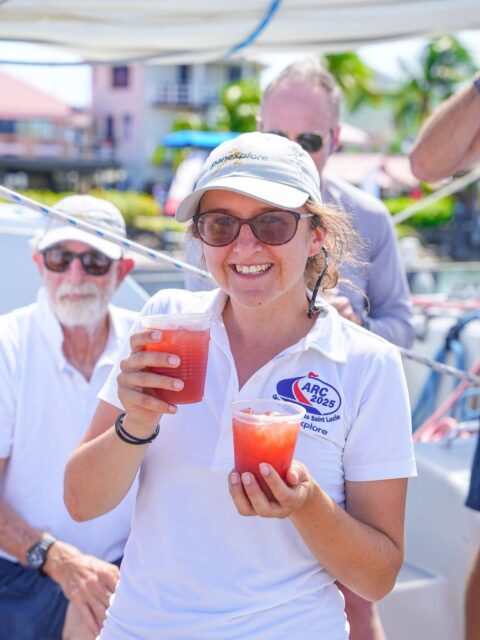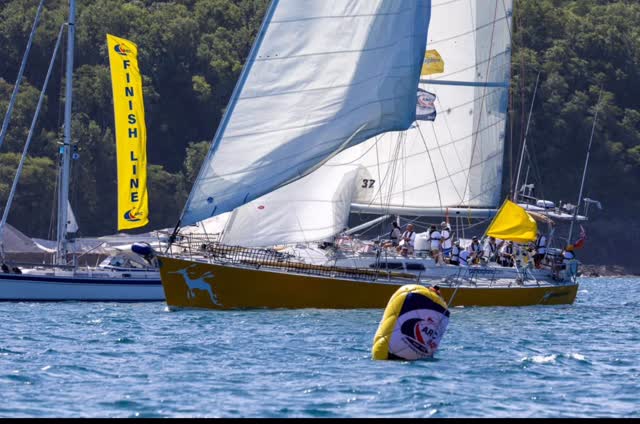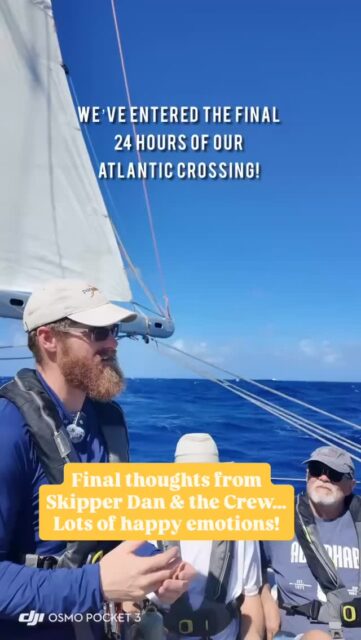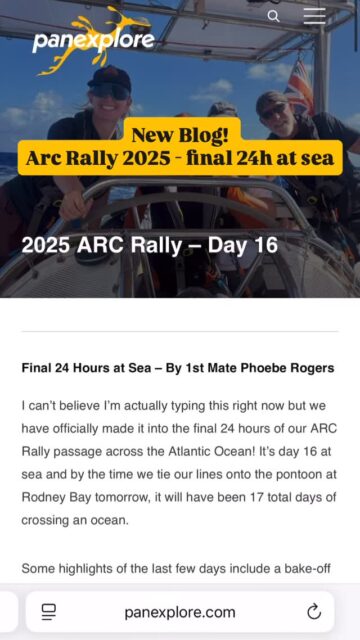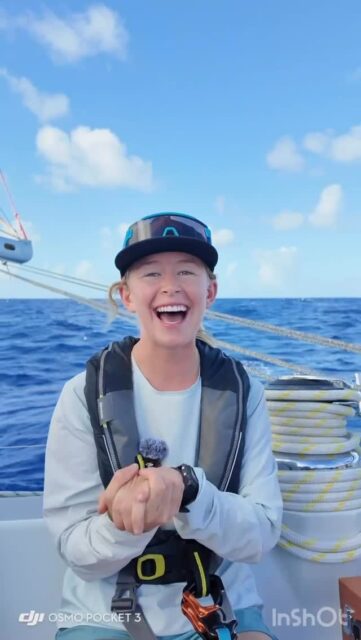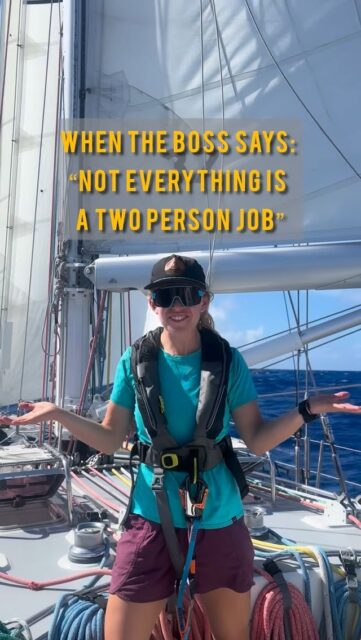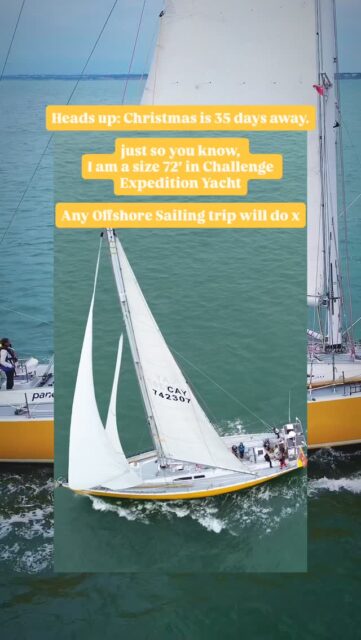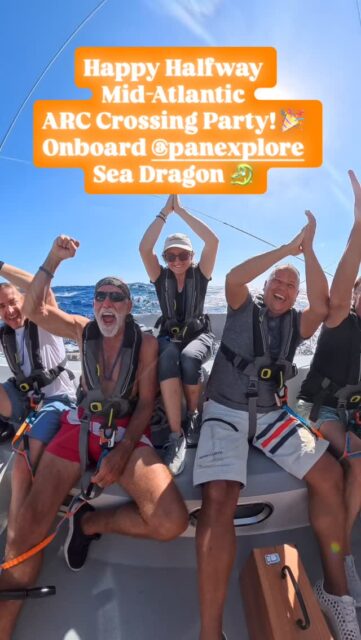
We’re in the thick of it. After delay upon delay getting out of port; weather, mechanical and an unfortunate illness that knocked out one of our crew from making the voyage (Shout out Nick Mallos, we miss you buddy), we’re now finally out to sea. We’re trying to bash our way eastward, positioning the boat on the bottom of an uncooperative low pressure system, that we were hoping would swing the wind around to fall behind us, and allow us to get some latitude points north, where we’d then hug the tsunami debris line as we venture east, with following seas. But no, right now we’re sailing south by east, the wind right on the nose. Yesterday, we had pretty big and bashing seas, but luckily they’ve subsided a bit today, but the rain is washing the vomit from Sea Dragon’s sides without the aid of the hose. Slowly, the crew is coming back to life after serious bouts with seasickness that claimed about half the crew, and put them DOWN. The Aussies are well, as are the Limeys, but the Korean and the Swiss are having a rough go. The rest are about a 5 on a scale of ten. Nonetheless, everyone is fighting it. But watch gives no reprieve for fresh air. No, watch means getting soaked through rain gear—as the wind, sometimes hitting 30 knots pushes water down through where your head and wrists pop through the sleeve and neck of your jacket. Rodrigo knocked a about 80 liters of rainwater out of the second reef of the sail today, and even dipped his mouth in for a taste as if to not insult Poseidon for providing with the same amount of fresh water our watermaker can make, but within ten minutes. It rained HARD.
When the weather broke for a few minutes, Marcus and Lindsey got in the water off the stearn to drop our drifters. Encased in 500 glass bottles sealed with wax is a message in several languages. It’s our hope that these drifters will make landfall, be found by someone and that person would report back to us. Drifters, though a crude technology, remain to be some of the best tool for learning ocean currents and how flotsam behaves at sea. We dumped ours just off Japan, and hopefully, they’ll help with predicting how objects will move across the Pacific, though they’ll be behind the tsunami debris.
We’re in for it still. The beach party of the first leg from the Marshalls to Tokyo is over. This is real sailing; brutal, wet and difficult—making longitude is proving hard, and our time is limited here and we’re trying to make up miles. But this is the North Pacific and when one makes plans here, Poseidon is known to laugh.

